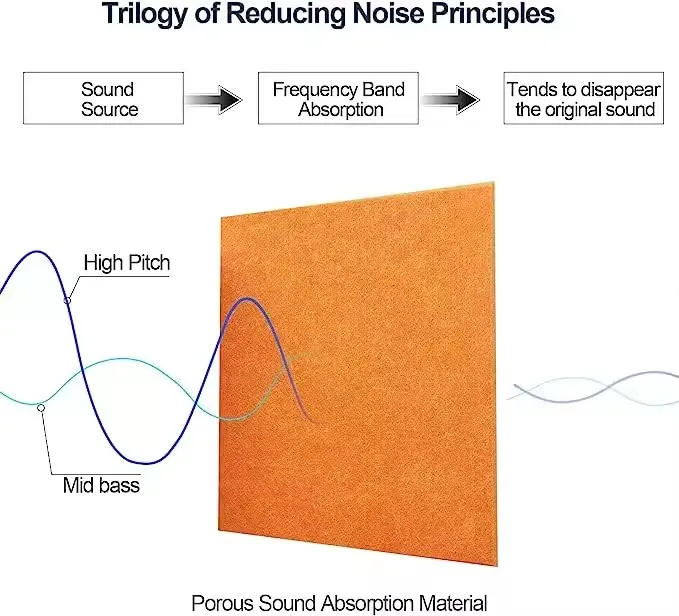The Allure of LED Wood Slat Walls A Modern Design Trend
In contemporary interior design, the fusion of technology with natural elements has become increasingly popular. One striking example of this trend is the LED wood slat wall, which seamlessly combines the warmth of wooden textures with the modernity of LED lighting. This innovative design feature not only enhances the aesthetic of any space but also serves practical purposes, making it a favorite among homeowners and designers alike.
Embracing Natural Materials
Wood has long been revered for its aesthetic appeal and versatility. The use of wood slats in wall designs brings warmth and texture to spaces, creating a cozy atmosphere. Different types of wood, such as oak, pine, or walnut, can be chosen to achieve various visual effects. Lighter woods can make a space feel airy and open, while darker woods can add richness and depth. By incorporating LED lighting into wood slat walls, designers can accentuate the natural beauty of the wood grain, highlighting the unique characteristics of each piece.
The Role of LED Lighting
LED lighting offers various advantages that align perfectly with the goals of modern design. Firstly, it provides energy efficiency—consuming significantly less power compared to traditional lighting. This makes it an eco-friendly choice, appealing to environmentally-conscious homeowners. Additionally, LED lights come in a range of colors and intensities, allowing designers to create customized lighting effects that can dramatically transform the ambiance of a room.
When integrated into wood slat walls, LED lights can be embedded behind the slats or placed within the grooves, creating a stunning backlit effect. This not only enhances visual interest but also allows for dynamic lighting solutions. For example, a homeowner could change the color of the LED lights depending on the occasion, instilling different moods within the same space.
Versatility in Design
led wood slat wall

LED wood slat walls are incredibly versatile and can be adapted for various settings. In residential spaces, such as living rooms or bedrooms, they can serve as striking focal points. Imagine entering a cozy living room where a wood slat wall is gently illuminated by soft, warm LED lights, setting the perfect tone for relaxation and comfort.
In commercial settings, such as restaurants, offices, or retail spaces, LED wood slat walls can create an inviting ambiance that attracts customers and fosters a positive experience. They can be used to define areas, serve as backdrops for displays, or even as attractive signage. The ability to animate the lighting adds an element of interactivity that can engage visitors and enhance their experience.
Practical Considerations
While the aesthetic and functional advantages of LED wood slat walls are evident, practical considerations are also important. Proper installation is crucial to ensure that the wood slats are securely mounted and that the LED lights are safely integrated. It’s advisable to consult with professionals who specialize in interior design and electrical work to achieve the best results.
Additionally, maintenance of wood surfaces is necessary to preserve their beauty and longevity. Regular cleaning and occasional refinishing may be required, depending on the type of wood used and its exposure to elements such as sunlight or humidity.
Conclusion
The LED wood slat wall is more than just a design trend; it represents a harmonious blend of nature and technology. This innovative approach offers endless possibilities for enhancing interior spaces, making them more inviting and visually striking. As homeowners and designers seek to create personalized environments that reflect their style and values, the appeal of LED wood slat walls is sure to remain strong.
Whether you are looking to remodel your home or refresh a commercial space, incorporating a LED wood slat wall can transform the ordinary into the extraordinary, providing a unique and modern twist that celebrates both the warmth of wood and the brilliance of LED lighting. This duality not only serves as a design statement but also invites conversation and admiration, enriching the spaces we inhabit.
